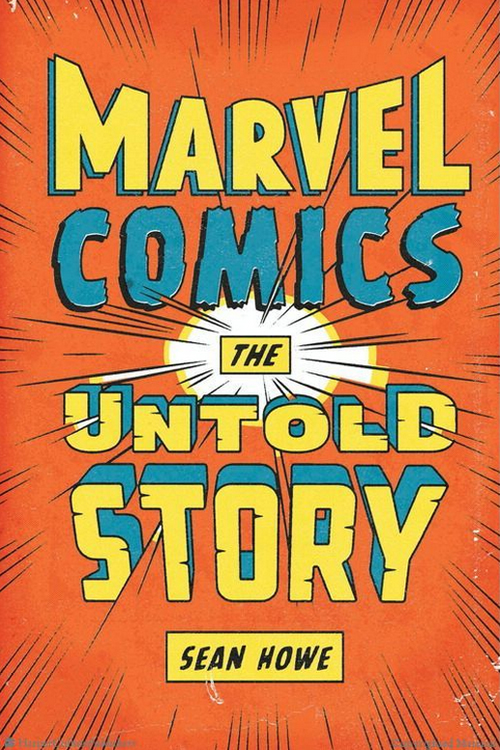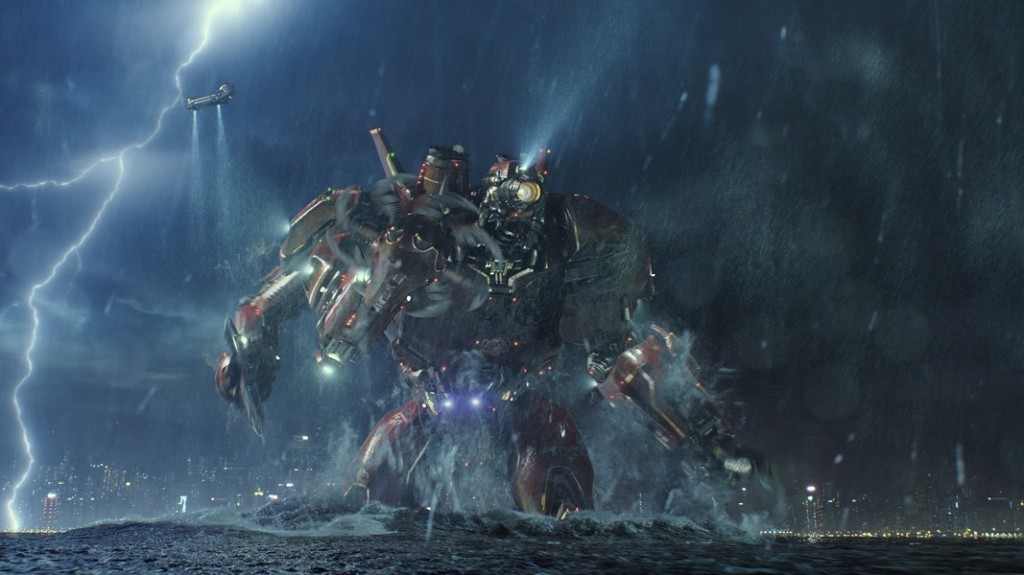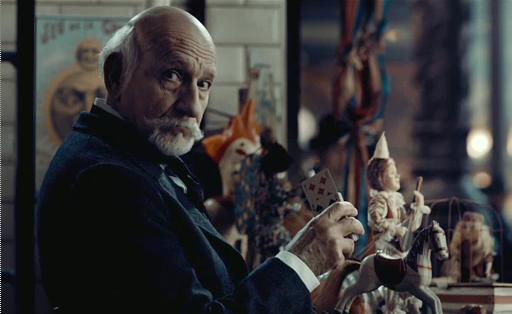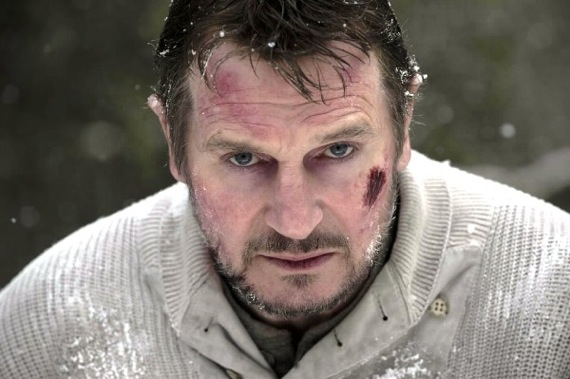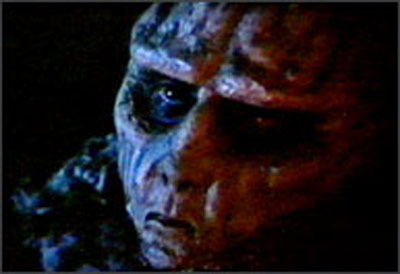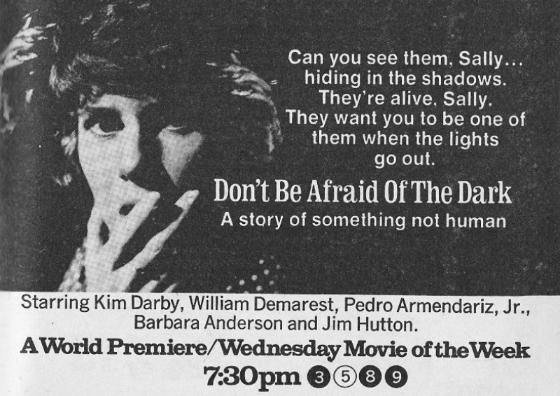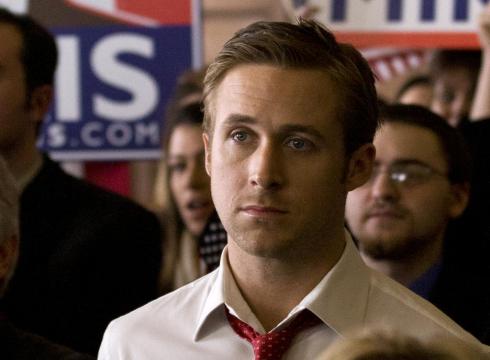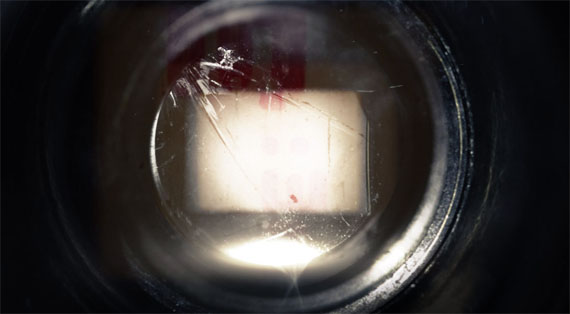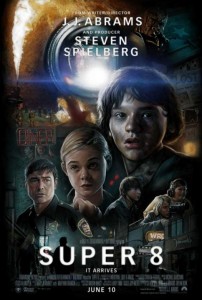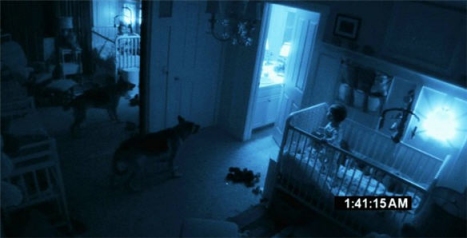Masters of Doom: How Two Guys Created An Empire and Transformed Pop Culture
David Kushner
New York: Random House, 2003
Review originally published in January 2004 at the Resource Center for Cyberculture Studies (RCCS)
David Kushner’s Masters of Doom, a spirited, winningly naive history of the personal-computer boom and the offbeat souls who design and play videogames, reminded me a lot of Steven Levy’s Hackers. Published in 1984, Levy’s sprawling book was an early and influential attempt to condense thirty years of computer culture into a form fit for mainstream readers. Between the 1950s and the 1980s, computers went from private to public, from mini to micro. Room-sized ENIACs housed on college campuses and guarded by “priesthoods” of elite technicians were reinvented for the home market as funky desktop boxes, built from kits or purchased from companies like Tandy, Commodore, and Apple. Possessing little in the way of storage capacity or graphic capability, these machines’ meager 8K and 16K memories would nonetheless be jammed with programs written in BASIC by home users eager to code a better mousetrap—or the next big game.
Hackers, which took its title from the term for virtuoso teenage programmers increasingly visible on cultural radar through films like Tron (1982) and WarGames (1983), appealed on multiple mythic fronts: it was a tale of ingenuity (most hackers were self-taught), of nonconformity (many were socially misaligned nerds), and of profitability (for a famous few, like Bill Gates, were able to turn their programs into products, making millions and founding empires). Hackers, in short, told a pleasingly American story, despite its high-tech trappings. And one of the book’s incidental but not insignificant functions was to cast in homely, unthreatening terms the single largest upheaval in society and commerce since the Industrial Revolution. Computers aren’t scary; they’re fun! Just look at all the nutty kids who’ve fallen in love with them!
Masters of Doom picks up where Hackers leaves off, breathlessly detailing the rise to fame (and fall from grace) of two such nutty kids in the late 80s and 90s, John Carmack and John Romero. These “superstars”—if we accept Kushner’s rather streamlined hagiography—dreamed up, produced, and marketed to a ravenous community of joystick jockeys the first-person shooter or FPS. Offhandedly defined by Kushner as “paintball-like contests played from a first-person point of view” (x), FPSs are notoriously violent, fast-moving games in which players peer over the barrels of large weapons (grasped in their own avatarial “hands”) while racing about mazelike levels, locked in combat with opponents dreamed up by the computer or virtually present through local-area networks (LANs) or Internet connection. The latter play mode, called “deathmatch,” is the defining function of FPSs such as standard-bearers Quake 3: Arena and Unreal Tournament 2003. (Ironically, Carmack and Romero created deathmatch almost as an afterthought, an extra feature on their seminal 1993 Doom.) Deathmatch is also, of course, the (anti)social practice that brings FPSs in for condemnation by the likes of U.S. Senator Joseph Lieberman, who argues in high-moral-panic mode that violent videogames produce violent kids—epitomized in school shootings such as the 1999 Columbine High murders. (Dylan Klebold and Eric Harris, who orchestrated the killings, happened to be Doom fans.)
Thankfully, rather than focusing on the FPS’s controversial political status or debating the cultural effects of videogames, Kushner pitches Masters more intimately. Carmack and Romero’s collision of talents and personalities led to interpersonal firefights at least as entertaining as the digital melees engineered by their company, id Software. Tracing the duo’s evolution from colleagues to friends, then from competitors to enemies, and finally to battle-weary but apparently reconciled veterans of the game industry’s incandescent 90s, Kushner characterizes the team in language reminiscent of the Lennon-McCartney partnership: Carmack is the intense, driven genius (the “rocket scientist”), while Romero is the flamboyant, crowdpleasing publicity hound (the “rock star”).
These traits are made clear—perhaps reductively so—in the initial chapters, which join Romero at the age of 11 in 1979, toting up high scores on all the Asteroids arcade consoles in Rocklin, California. Romero went on to write his own games for the Apple II, publishing them in game magazines and eventually landing a job in the industry. Carmack, born in 1970, followed a similar path, though with a technological emphasis. Grasping the promise inherent in the primitive games of the early 80s, a time when arcades crumbled economically and the home-computer and console market had yet to take off, Carmack wanted to push the envelope and create immersive experiences to rival the holodeck on Star Trek: The Next Generation.
This theme runs throughout Masters of Doom: the sense that early gamers such as “the two Johns” were always looking toward the next great thing, whether it be a sequel to a prizewinning game or a world of networked subjectivity. Refreshingly, the book doesn’t bother to defend the importance of videogames; instead, it takes for granted that games are forerunners of virtual reality, fantasy spaces realized within computer hardware and populated by human beings in avatarial masquerade. Describing Romero’s love affair with the role-playing game Ultima, for example, Kushner writes confidently that “gamers overlooked the crudeness for what the games implied: a novelistic and participatory experience, a world” (11). Later on, he assesses an arcade game whose side-scrolling graphics broke new ground: “Compared with the other games in the arcade, Defender felt big, as if the player was living and breathing in a more expansive virtual space” (46).
And against the backdrop of the Internet and World Wide Web, Kushner—presumably emulating Carmack and Romero’s own fascination with the medium’s possibilities—repeatedly invokes the science-fiction constructs of William Gibson’s (1984) cyberspace and Neal Stephenson’s (1992) metaverse. Such lofty allusions have the effect of elevating Romero and Carmack’s “mission” while inoculating Masters against dismissal by a nation tired of get-rich-quick stories. The equation of videogames and cyberspace implies that game designers are, in fact, engineering future society (a claim also put forth by John Gaeta, special-effects supervisor of the Matrix films [1]), and that Carmack and Romero were the visionaries who laid the groundwork for this online world.
If you buy that philosophy, you’ll enjoy the book. Even if you don’t, you will get something out of the insider’s perspective on the game industry, which Kushner portrays as an analog of videogames themselves: colorful, loud, profane, cheerfully violent. The bulk of the book centers on id’s profitable series of FPSs: Wolfenstein 3D, Doom, and Quake. Each game, along with its sequels and expansion packs, is presented as a risky undertaking, a dream of a product that might or might not find its audience. Each game, of course, turns out to be enormously popular, lending Masters the feel of a Broadway musical about underdog victories and overnight successes. Come on, kids, let’s put on a show!
Some will find this picture of software development disingenuous—hackers can’t all be scrappy outsiders—but it works well enough to fill 300 pages of fast-moving prose. And among the exuberance of all-night programming sessions, endless pizza deliveries, and the fleet of Ferraris so fetishized by Carmack and Romero, Masters of Doom casually outlines the emergence of a new business paradigm, one keyed to the breakneck rhythms of Moore’s Law. That maxim, coined in 1965, states that the power of microprocessors doubles every 18 months. For id, this meant that not just the outward design of games, but their underlying architecture, had to undergo constant reinvention. While Romero hyped each upcoming release (in terms that often landed him in trouble with the avid but skeptical gaming community), Carmack labored to produce software “engines” capable of rendering 3D graphics with unprecedented speed and realism. And each new version of the FPS encouraged, or forced, gamers to upgrade their computers in order to run the new software. At the same time, id’s practice of releasing its games as shareware (downloadable files whose first levels could be played for free, with the full version requiring purchase) cut distributors out of the circuit, amplifying the profits of developers.
The end result is that id’s games pushed the industry in specific directions. Cyberspace may not yet be here, but according to Kushner, the world of computing in 2003 would be radically different (and a lot less fun) if not for Carmack and Romero.
- In a Wired cover story on the Matrix sequels, Gaeta warned of the dangers posed by advanced image-manipulation techniques. “You have these paranoid films about the Matrix depicting how people are put in a mental prison by misusing this technology . . . maybe our technology will become the actual Matrix, and we have inadvertently spilled the vial of green shit out onto the planet.”
Gibson, W. (1984). Neuromancer. New York: Ace Books.
Levy, S. (1984: 1994). Hackers: Heroes of the Computer Revolution. New York and London: Penguin.
Silberman, S. (2003). “Matrix2.” Wired 11.05.
Stephenson, N. (1992). Snow Crash. New York: Bantam Books.


